Diversity and Application Scenarios of Helical Blades
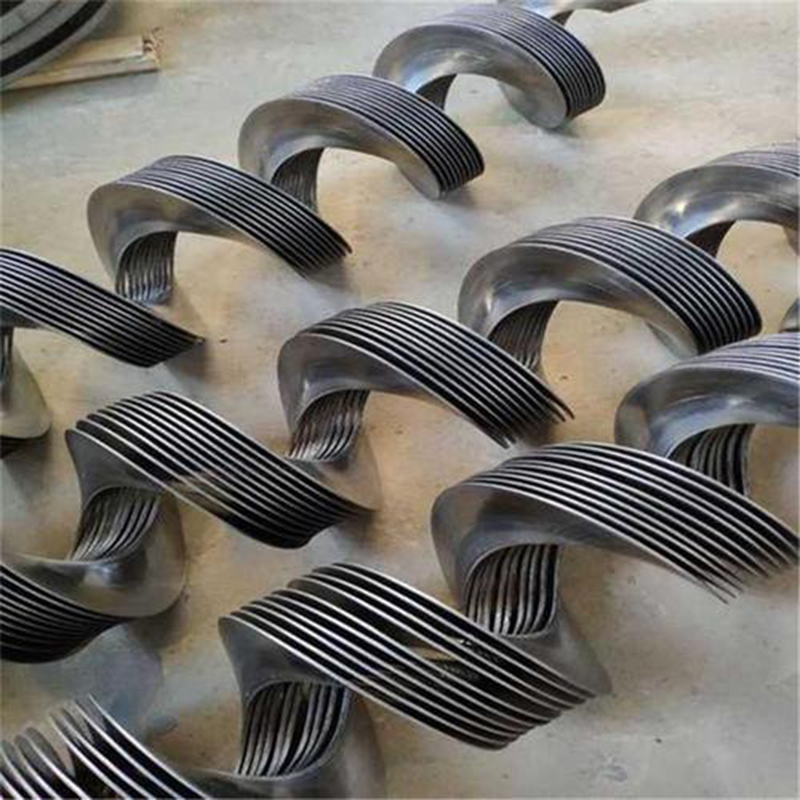

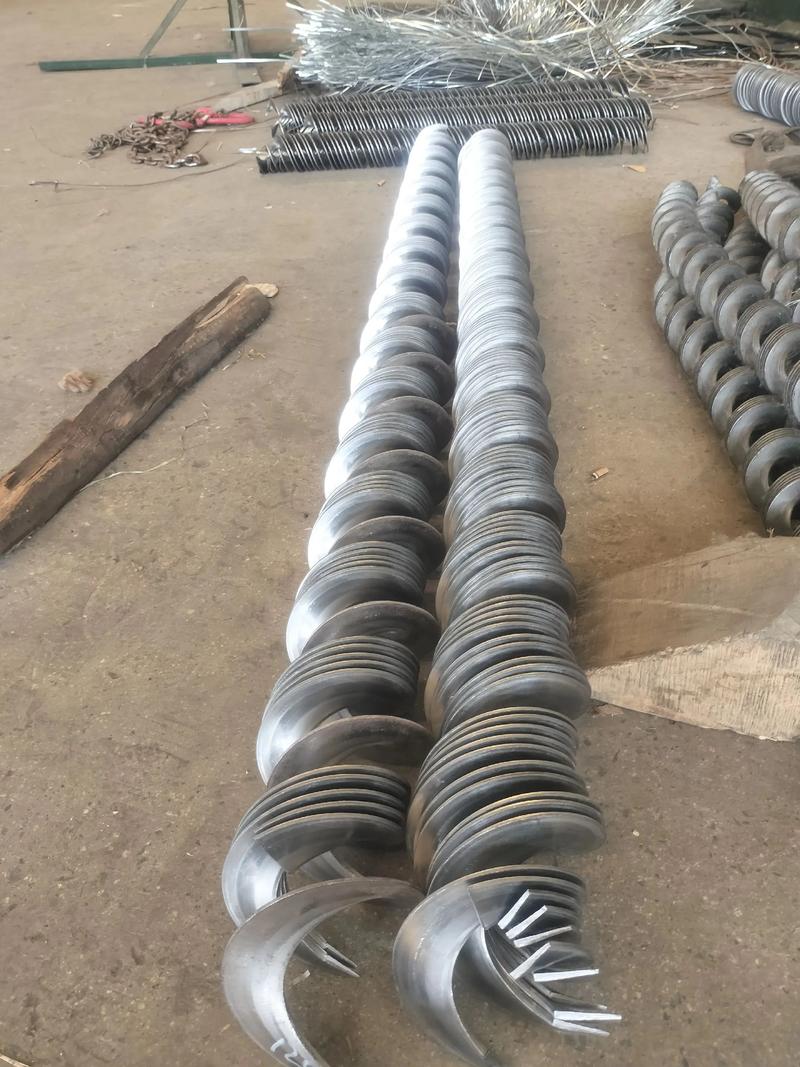
| Product name: | Diversity and Application Scenarios of Helical Blades |
| Keywords: | |
| Industry: | Metallurgy and minerals - Mining industry |
| Process: | - |
| Material: |
Processing manufacturer
- There are 46 manufacturers that provide similar products
- There are 124 manufacturers that provide this processing technology
- There are 120 manufacturers that provide this material processing service
- There are 180 manufacturers that provide this industry processing service
Product details
Diversity and Application Scenarios of Helical Blades
The diversity of helical blades is reflected in their design, structure, material, and manufacturing process, enabling them to adapt to various application scenarios. The following is a detailed analysis of the diversity of helical blades and their application scenarios:
1. Diversity of Helical Blades
The diversity of helical blades is mainly reflected in the following aspects:
(1) Structural Types
Continuous Helical Blades:
Features: Seamless helix throughout, smooth surface, high conveying efficiency.
Manufacturing Process: Cold-rolled or hot-rolled forming.
Advantages: Suitable for long-distance, continuous conveying, good stability.
Segmented Helical Blades:
Features: Assembled and welded from single pieces, modular design.
Manufacturing Process: Stamped and welded or CNC machined.
Advantages: Easy to transport, install, and replace, suitable for non-standard or small-batch production.
Variable Pitch Blades:
Features: Pitch varies along the axial direction, adapting to special conveying or mixing needs.
Advantages: Can optimize material flow or thrust distribution.
Multiple Helical Blades:
Features: Multiple helices in parallel (e.g., double helix, triple helix).
Advantages: Increases conveying capacity or mixing uniformity, suitable for high-flow scenarios.
Ribbon Helical Blades:
Features: Blades have hollow or ribbon-like structures in the middle, reducing weight.
Advantages: Suitable for lightweight materials or low-resistance fluid propulsion.
(2) Cross-sectional Shape
Standard Helix: Circular cross-section, suitable for most conveying or propulsion scenarios.
Conical Helix: Diameter gradually changes along the axial direction, used to compress or accelerate material flow.
Irregular Cross-section: Such as rectangular or trapezoidal cross-sections, used for special mixing or propulsion needs.
Edged Helix: Blade edges are thickened or fitted with baffles to prevent material overflow.
(3) Material Diversity
Ordinary Carbon Steel (Q235, Q345): Economical, suitable for dry materials.
Stainless Steel (304, 316): Corrosion-resistant, for food/chemical applications.
Wear-resistant Steel (Hardox, NM400): High-wear environments.
Alloy Steel/Titanium Alloy: High-temperature or special corrosive environments.
Composite Materials/Coatings: Enhance wear resistance or anti-adhesion properties.
Aluminum Alloy: Lightweight, suitable for ships or low-load scenarios.
(4) Dimensions and Parameters
Diameter: From tens of millimeters (small mixers) to several meters (large conveyors).
Pitch: 0.5-2 times the diameter, affecting conveying efficiency or thrust.
Thickness: 2-20mm, thin-walled for light loads, thick-walled for heavy loads.
Helix Angle: Adapted to different fluids or materials through optimized design.
(5) Manufacturing Process
Cold Rolling: High precision, suitable for mass production.
Hot Rolling/Molding: Suitable for thick-walled or large diameters.
Segmented Welding: Flexible, suitable for customization.
CNC Machining/3D Printing: High precision, suitable for complex shapes or small batches.
2. Application Scenarios of Helical Blades
The diversity of helical blades makes them widely used in many industries. The following are the main application scenarios and their characteristics:
(1) Material Conveying
Screw Conveyors:
Uses: Conveying powders, granules, or lumpy materials (such as grains, coal, cement, fertilizers).
Blade Features: Continuous helix, commonly carbon steel or wear-resistant steel, uniform pitch.
Advantages: Efficient, stable, suitable for long-distance or inclined conveying.
Examples: Grain conveying in agriculture, ore transportation in mining.
Vertical Screw Conveyors:
Uses: Vertically lifting materials, saving space.
Blade Features: Small pitch, high strength, commonly stainless steel or wear-resistant steel.
Examples: Vertical material lifting in cement plants and chemical plants.
(2) Fluid Propulsion
Ship Propellers:
Uses: Propelling ships or submarines forward.
Blade Features: High precision, aluminum alloy or stainless steel, requires dynamic balancing.
Advantages: Efficient propulsion, corrosion resistance, suitable for marine environments.
Examples: Propulsion systems for merchant ships and yachts.
Water Pumps/Fans:
Uses: Liquid or gas circulation, pressurization.
Blade Features: Optimized curved surface design, commonly stainless steel or composite materials.
Examples: Water pump helical blades in sewage treatment plants.
(3) Stirring and Mixing
Chemical Mixing Equipment:
Uses: Mixing liquids, slurries, or powders (such as paints, pharmaceuticals).
Blade Features: Stainless steel or coated materials, smooth surface to prevent adhesion.
Advantages: Uniform mixing, corrosion resistance.
Examples: Pharmaceutical reaction kettles, food processing mixers.
Concrete Mixers:
Uses: Mixing concrete or mortar.
Blade Features: Wear-resistant steel, thick-walled design, impact resistance.
Examples: Concrete mixing stations on construction sites.
(4) Agricultural Machinery
Harvesters/Sowing Machines:
Uses: Conveying or separating crops (such as wheat, corn).
Blade Features: Wear-resistant steel, segmented design for easy maintenance.
Advantages: Adapts to complex working conditions, durable.
Examples: Grain conveying systems in combine harvesters.
Feed Processing:
Uses: Conveying or mixing feed.
Blade Features: Stainless steel, meets hygiene standards.
Examples: Granular feed conveying in feed mills.
(5) Energy and Environmental Protection
Biomass Power Generation:
Uses: Conveying biomass fuels (such as wood chips, straw).
Blade Features: Wear-resistant, corrosion-resistant, commonly composite materials.
Examples: Fuel conveying systems for biomass boilers.
Sewage Treatment:
Uses: Sludge conveying or liquid circulation.
Blade Features: Stainless steel, corrosion resistance, optimized pitch.
Examples: Sludge screw conveyors in sewage treatment plants.
(6) Aerospace and Special Applications
Aircraft Propellers:
Uses: Propulsion of drones or light aircraft.
Blade Features: Aluminum alloy or composite materials, ultra-high precision.
Advantages: Lightweight, efficient propulsion.
Experimental Prototypes:
Uses: Research and testing of new equipment.
Blade Features: 3D printed, complex curved surface design.
Examples: Miniature helical blades in aerospace experiments.
4. Summary
The diversity of helical blades (structure, material, process) enables them to meet diverse needs ranging from industrial conveying and fluid propulsion to stirring and mixing. By precisely matching design parameters and materials, performance can be optimized, costs reduced, and service life extended.
Similar products
More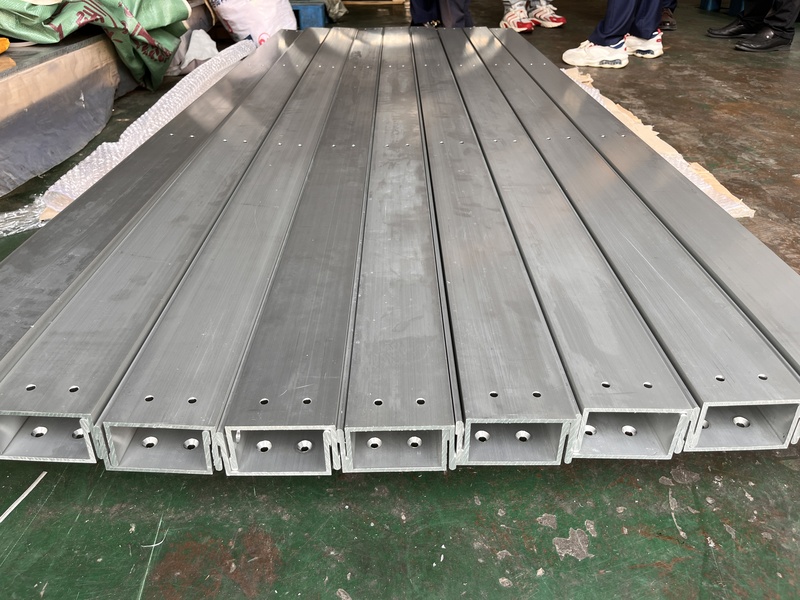
Precision Machining of U-Steel Profiles for Building Applications
- Process : Stamping - General stamping
- Material : Aluminum
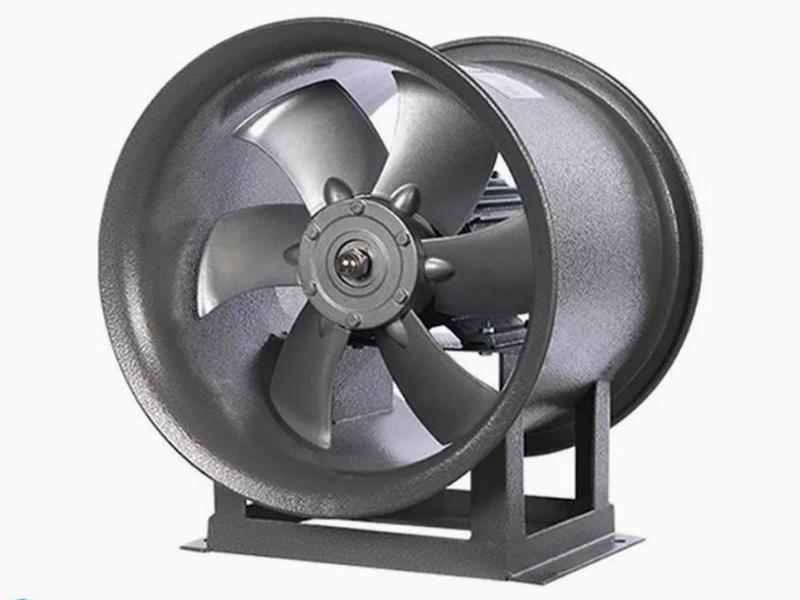
What are the machining processes used for processing axial fan housings
- Process : Sheet metal - Welding
- Material : Carbon steel
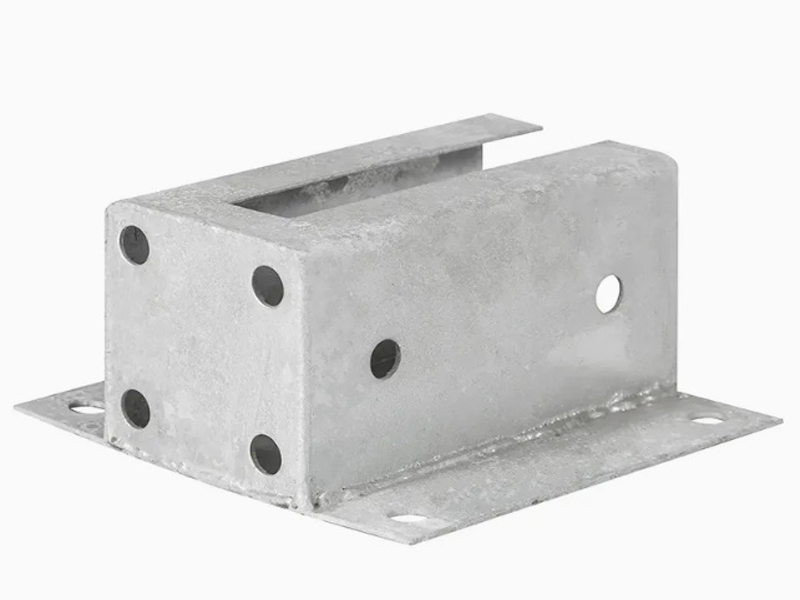
Machining Process Analysis of Carbon Steel Fixed Anchor Plates
- Process : Machining - CNC milling or milling machining
- Material : Carbon steel
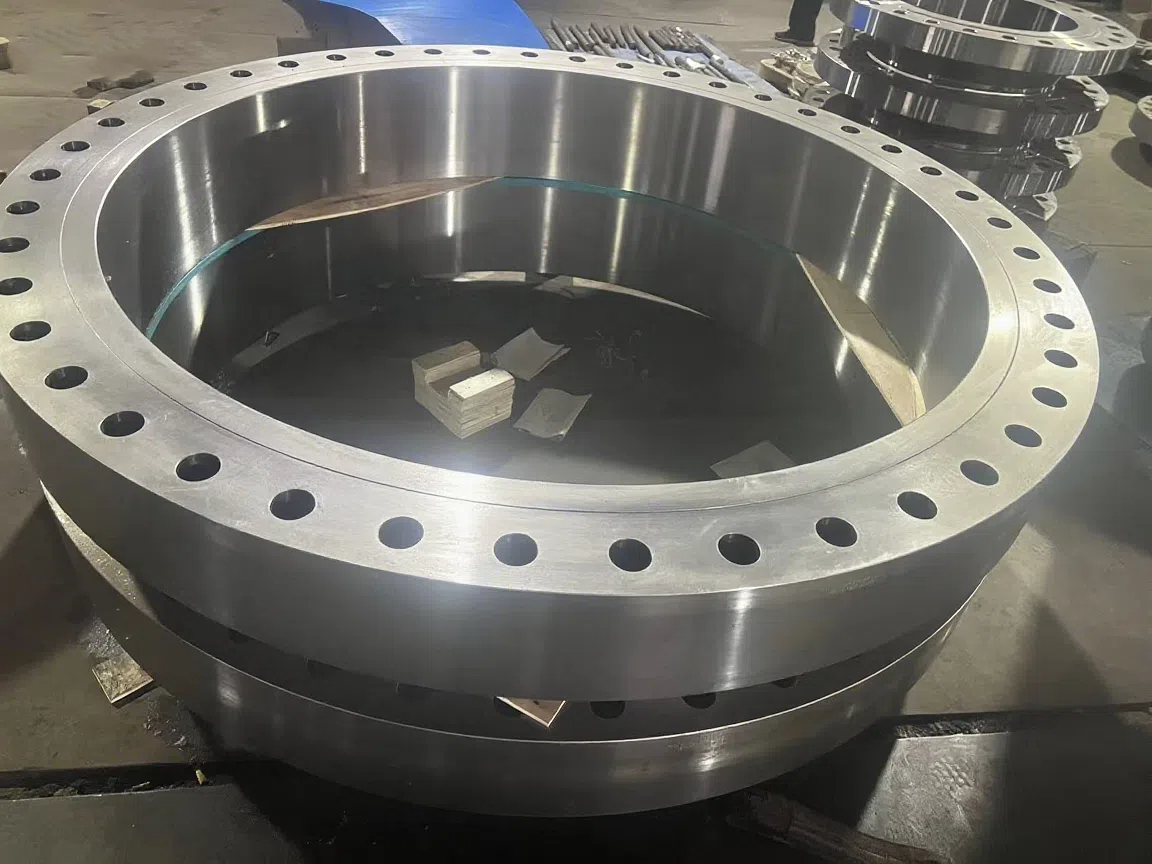
Heavy-Walled Flange Milling-Turning Machining and Flaw Detection
- Process : Machining - Turning Milling compound
- Material : Alloy steel
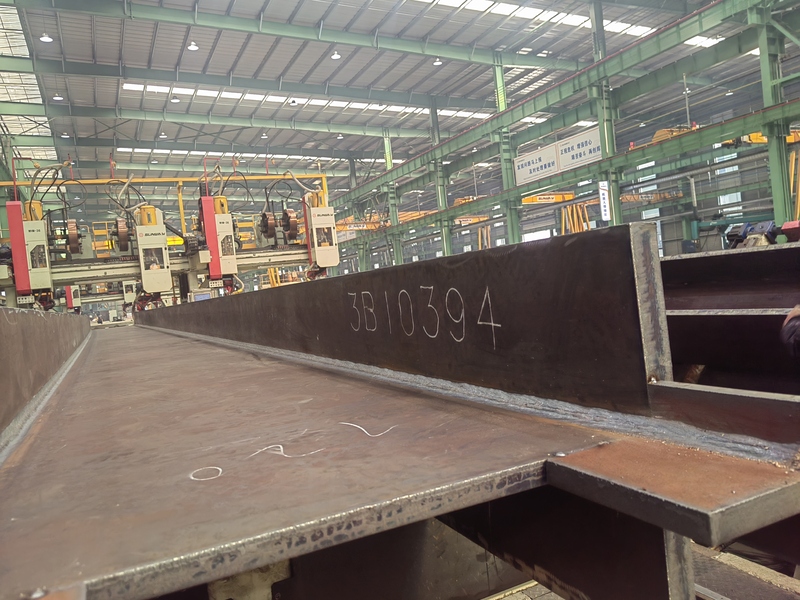
Custom Fabrication of S355JR Welded H-Beams for Construction Projects
- Process : Sheet metal - Welding
- Material : Carbon steel
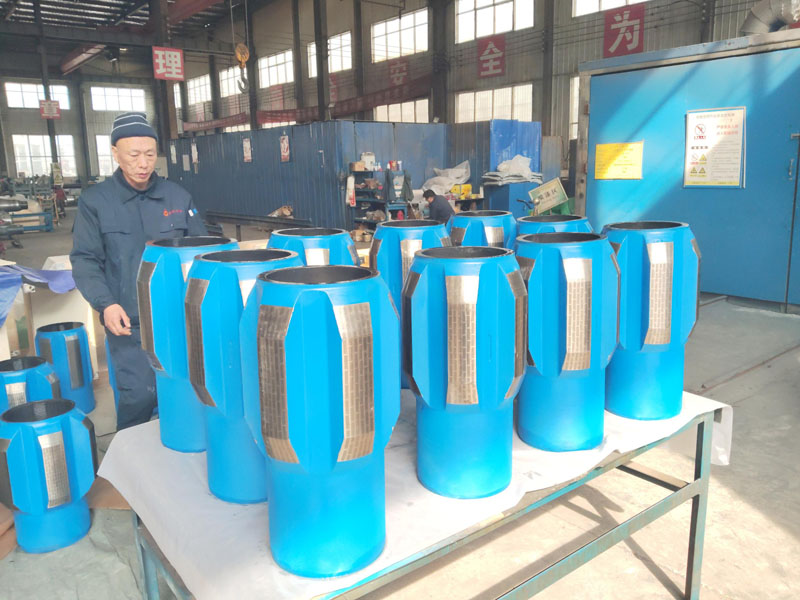
Drill Stabilizers Applied in Oil Drilling Platforms
- Process : Machining - Five-axis machining
- Material : Alloy steel
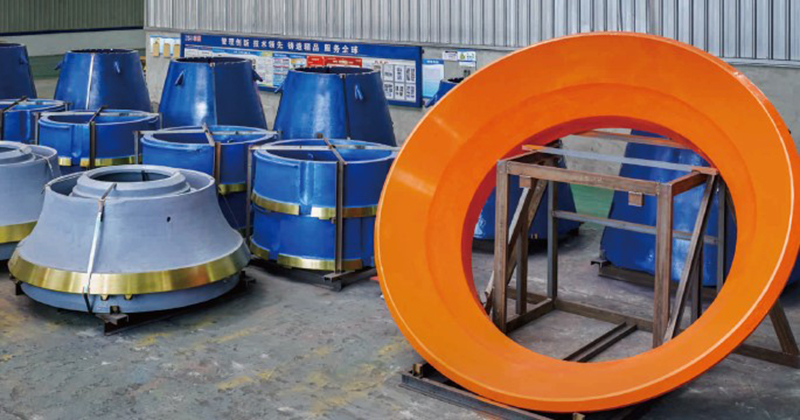
Cone Crusher Mantle
- Process : -
- Material :
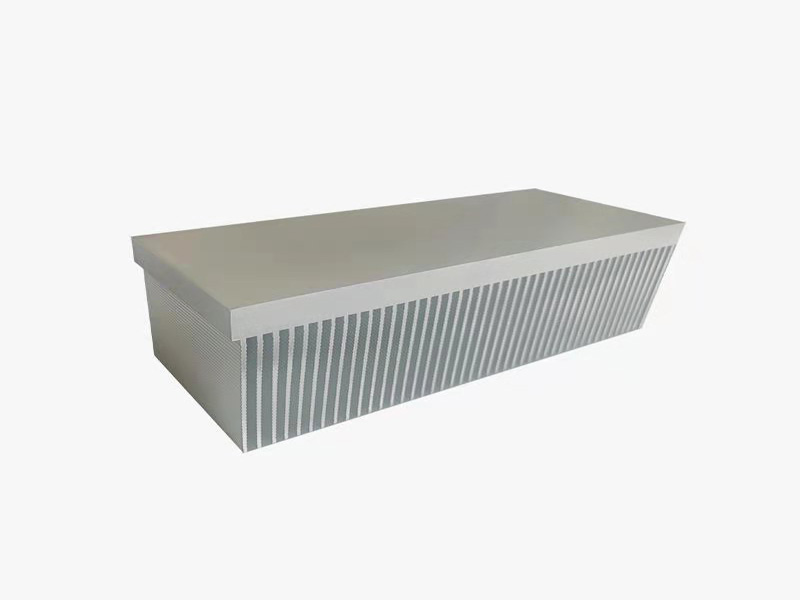
Innovative skiving technology: Breaking through the bottleneck of high-density heat dissipation technology
- Process : Surface treatment - Others
- Material : Alloy steel
More products
More
Precision Machining of U-Steel Profiles for Building Applications
- Process : Stamping - General stamping
- Material : Aluminum

What are the machining processes used for processing axial fan housings
- Process : Sheet metal - Welding
- Material : Carbon steel

Machining Process Analysis of Carbon Steel Fixed Anchor Plates
- Process : Machining - CNC milling or milling machining
- Material : Carbon steel

Heavy-Walled Flange Milling-Turning Machining and Flaw Detection
- Process : Machining - Turning Milling compound
- Material : Alloy steel

Custom Fabrication of S355JR Welded H-Beams for Construction Projects
- Process : Sheet metal - Welding
- Material : Carbon steel

Drill Stabilizers Applied in Oil Drilling Platforms
- Process : Machining - Five-axis machining
- Material : Alloy steel

Cone Crusher Mantle
- Process : -
- Material :

Innovative skiving technology: Breaking through the bottleneck of high-density heat dissipation technology
- Process : Surface treatment - Others
- Material : Alloy steel